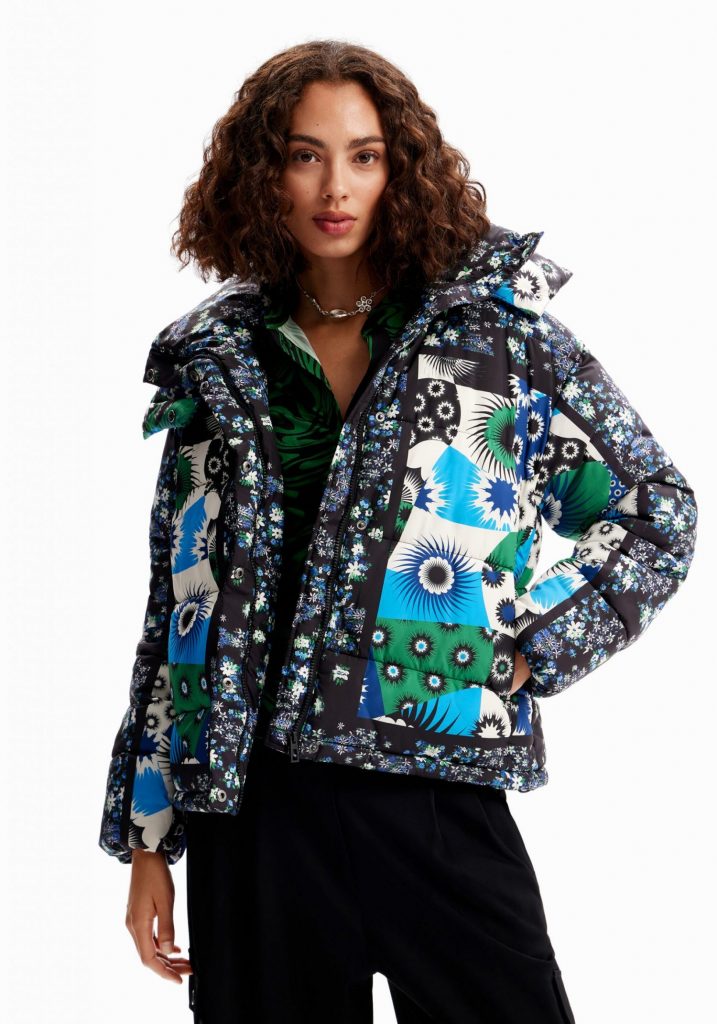The company is embarking on its umpteenth turnaround to make it cool again, and the networks are backing it up. The return of the 2000’s aesthetic, with diversity as a rising value among the younger generations and some signs of exhaustion among mainstream fashion are some of the keys to the Spanish company’s new cool life.
Desigual has its own discourse and a clear personality, linked to fashion, art and creativity, which is now back in fashion. That identity is already in the very origins of the company: its name was born from an idea by Isabel Coixet filmmaker and its first logo, the Humans, was scribbled by Peret, the popular rumba singer.
In the 2000s, the explosion came: in the first decade of the new millennium, Desigual was the brand for which Adriana Lima and Bella Hadid (who made her debut at New York Fashion Week with the brand) paraded, and which made the news with provocative marketing campaigns.
Desigual is focused on a clientele from 25 to 40 years old, internally called expressionist, linked to art, fashion and culture. The company has recovered actions from its golden age, such as the one that invites customers to go to a shop in their underwear and get two free items to wear on top, and has made fun of itself to connect with the new generation on TikTok with videos that collect tweets from anonymous people who recognise that, for the first time, they like Desigual’s clothes.
